Covering life science and focusing on animals? Dive into our Science Career Series, and meet wildlife biologist Dr. Stephanie Schuttler. Just what is a wildlife biologist? A wildlife biologist studies the biology, behavior, and habitats of a variety of animal populations in the wild.
In one of The Walking Classroom’s Science Career Series podcasts, you can investigate some wildlife of a specific type – elephants. Explore forest elephants with Dr. Schuttler, a post-doctoral research associate at the North Carolina Museum of Natural Sciences. You can access the podcast with Dr. Schuttler via The Walking Classroom’s mobile app, our website or on WalkKits in three of The Walking Classroom’s program offerings (4-#101, 5-#107, STEM-#57).
With a lifelong love of animals, a bachelor’s degree and a Ph.D. in biological sciences, and plenty of field experience, Dr. Schuttler really knows her stuff! Having worked in the field of wildlife biology for nearly 20 years, she has studied species across four continents over the course of her career. She has a special interest in animals’ behavior and how they live in their environments.
Exploring Elephants with Dr. Schuttler . . .
Originally interested in theater in college, Dr. Schuttler took advantage of a study abroad opportunity to study elephants in Kenya and became fascinated by them. Elephants are like humans in that they are social, and she was especially interested in their socialization. Elephants also have a similar lifespan to humans – living 60 to 70 years!
In her work, she focused on African forest elephants, a relatively new species found in central and western Africa. They are different from the savanna elephants found in southern and eastern Africa.
Scientists have found that savanna elephants have family groups that are important to them for survival. These groups are like families, but made up of only females and their young. The males leave the group as teenagers and travel in their own male groups—looking to females only for mating. Research has shown that elephants part of a group structure do better. In fact, babies growing up in these female-led family groups have better survival rates and lower stress hormones!
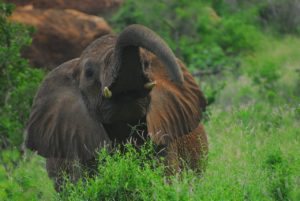 In studying forest elephants in a field station in Gabon, Dr. Schuttler found a similar group structure, only smaller. She discovered this through some basic data collection . . . of elephant dung! As this waste product is a great source of DNA, collecting it for study bears far less risks than drawing blood from the elephants.
In studying forest elephants in a field station in Gabon, Dr. Schuttler found a similar group structure, only smaller. She discovered this through some basic data collection . . . of elephant dung! As this waste product is a great source of DNA, collecting it for study bears far less risks than drawing blood from the elephants.
Through the study of forest elephants’ dung samples, Dr. Schuttler could identify individual elephants and answer questions about how the elephants were related. She found that those traveling together were often true family groups, from the same mother. From the dung, she could also determine what the elephants ate and thus, where they spent their time!
. . . and with your Students!
Elephants are not only found in African savannas and forest; they are found in Asia as well! There’s lots to learn about elephants and a wealth of resources to support you. Check out the International Elephant Foundation Educator’s Guide or the Disappearing Elephants Teaching Manual. Or, use the World Wildlife Fund Elephant Toolkit to build a unit of your own!
From Elephants to . . . Raccoons(!) and More
During the course of her career, Dr. Schuttler has also studied raccoons. And you and your students can too!
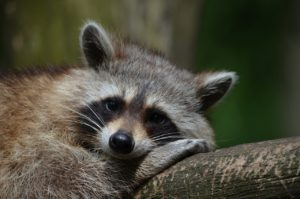 Learn some fun raccoon facts and then explore more about these nocturnal mammals with some help from National Geographic. View various video clips from PBS.org to explore these “masked” mammals and get a glimpse into life as a raccoon!
Learn some fun raccoon facts and then explore more about these nocturnal mammals with some help from National Geographic. View various video clips from PBS.org to explore these “masked” mammals and get a glimpse into life as a raccoon!
At the North Carolina Museum of Natural Science, Dr. Schuttler has worked with teachers on the eMammal project, a citizen science camera-trapping program. Triggered by motion and heat, camera traps take photos when warm blooded animals (like mammals!) pass. Projects like this help answer all sorts of questions about mammals and their habitats, and how both may change when in more human-dominated areas! Beyond North Carolina, Dr. Schuttler has also set up eMammal projects around the world – in Kenya, Mexico, and India – and continues her work inspiring future wildlife biologists!
Looking for some additional adventures in wildlife biology? Check out the lesson plans and webinars available from The National Wildlife Federation. You can even open your students’ eyes to other wildlife careers through behind-the-scenes video interviews with folks at Smithsonian’s National Zoo & Conservation Biology Institute.


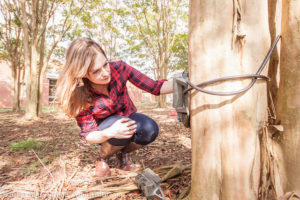

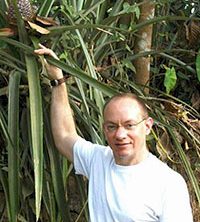
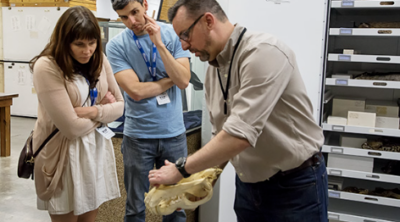
We just started talking about animal adaptations. I love how you connected this to PBS videos. Super helpful!